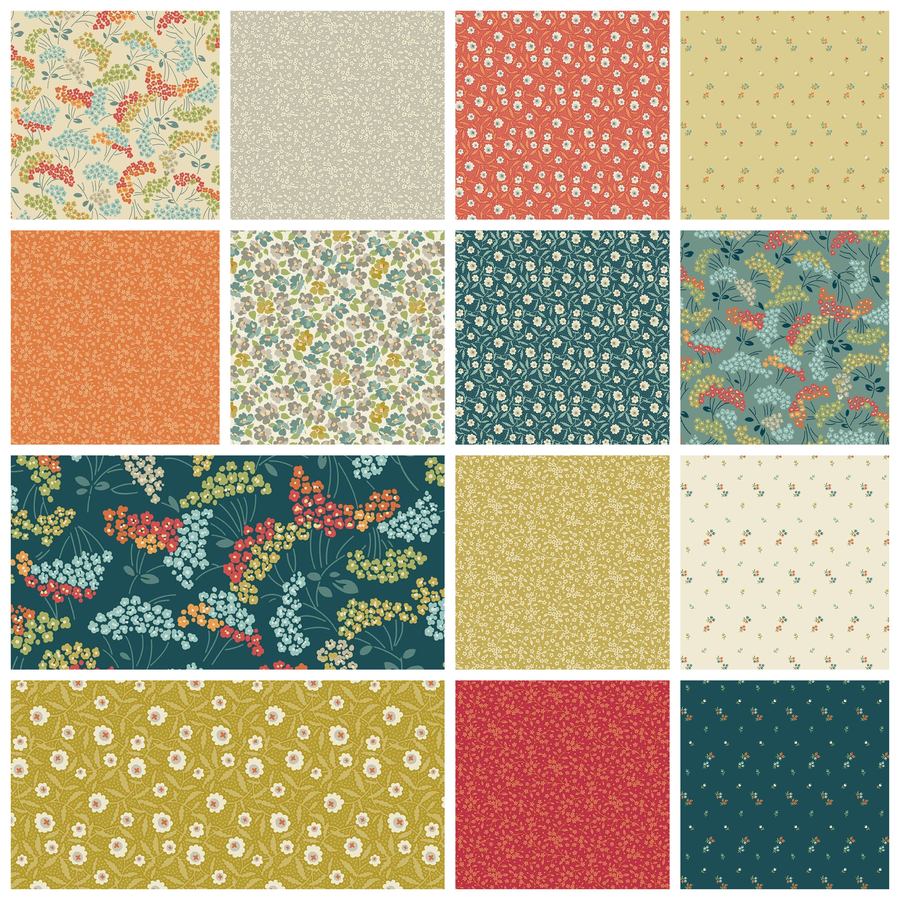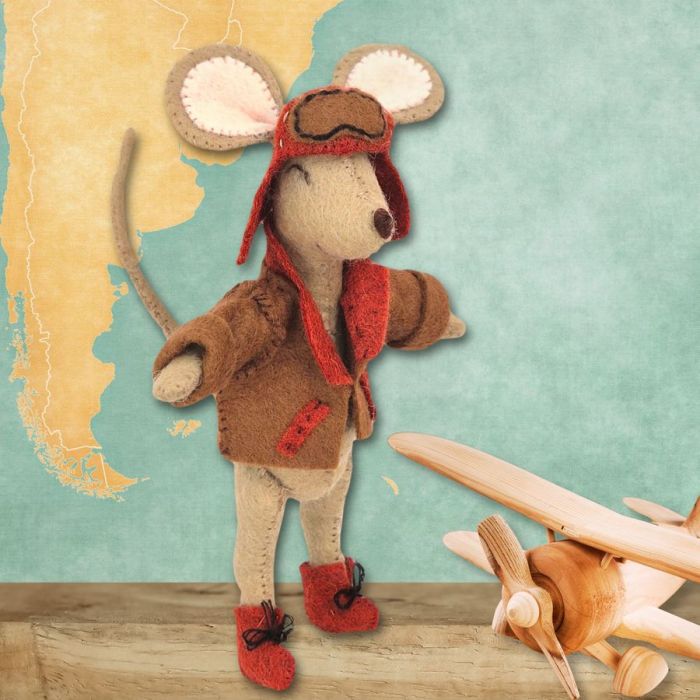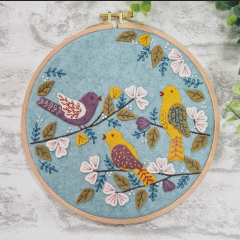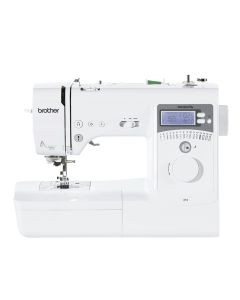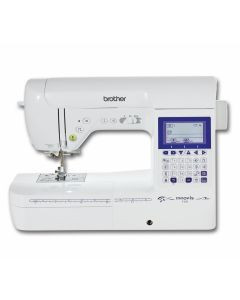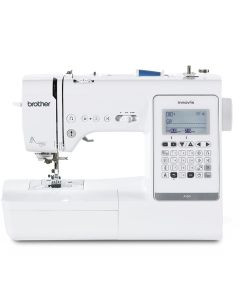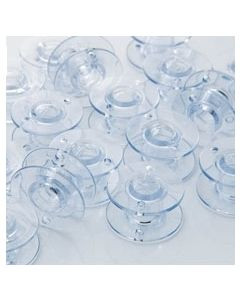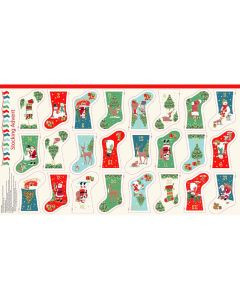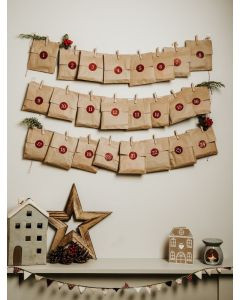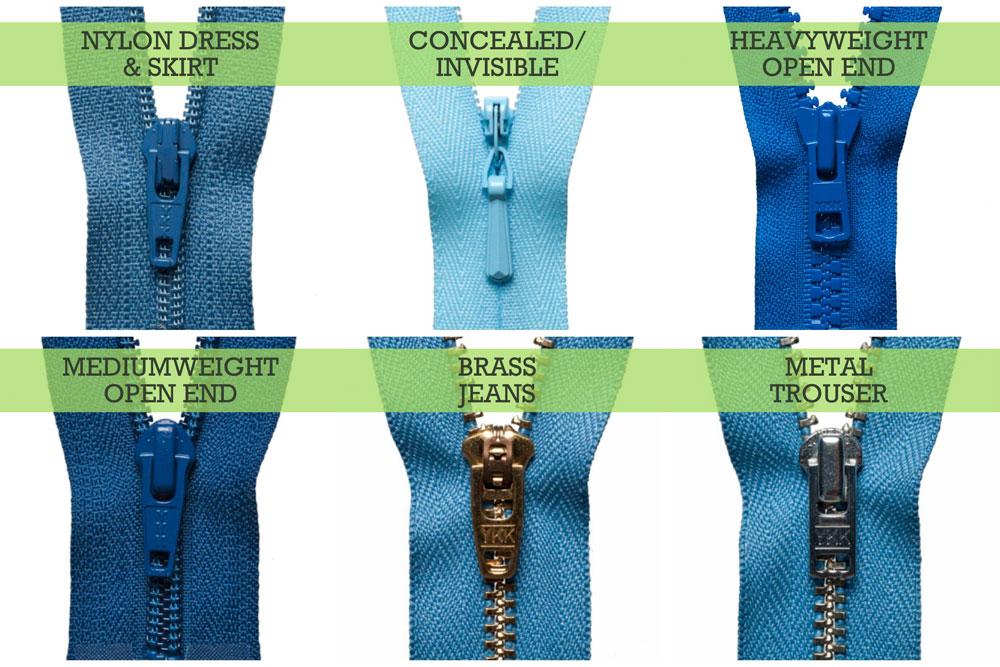

A week ago we had a very exciting delivery at Backstitch in Cambridge: Our two new zip cabinets! I am nervous to admit to the excitement regarding zips for fear of being labelled a total nerd. But then maybe I should just embrace the fact that I am now, quite clearly, a haberdashery weirdo.
Since opening the shop we have had a basic range of zips, and it has always been an area that was destined for an upgrade. We now have our upgrade, and seeing as I have spent a chunk of time getting my head around zips (oh boy are there some variables) I thought I would give you the low down on our selection. Oh, and a couple of pointers on how to measure and how to cut zips to size...
Measuring zips: To measure a zip you measure from the top of the 'top stop' to the 'bottom stop'. You will have additional fabric tape beyond these points, but for the purposes of measuring we just record the distance that the zipper slider can travel.
Cutting zips: If you require a plastic closed end zip you do not need to buy the exact correct length. You can purchase a longer zip and cut to the correct size. Measure from the top stop (the opening end) and mark on the zip your new distance. At this mark sew yourself a new bottom stop. Hand (or machine) sew back and forth over the teeth to create a new stop point. Only when this is secure should you cut the zip tape leaving a good 15mm of excess below the new bottom stop. If you need an open ended zip (for a jacket or such) then you will have to purchase the correct size for your garment.
At Backstitch the zips we stock are...
Nylon Dress & Skirt (Y4: white tag)
This is what I would call your bog standard closed end zip. It is plastic so you can cut it to size. We stock three lengths and 28 colours - yes, 28 colours!
Concealed (Y7: orange tag)
A concealed zip (also know as an invisible zip) provides a really professional finish on a garment where there is no lap, so the zip is not covered by another piece of fabric, like it is on a fly front. A concealed zip should be completely invisible from the outside of the garment and should just disappear into the seam. For this reason it has a narrow slider. A word of warning - these are a little trickier to insert than a standard dress zip and you need an invisible zip foot for your machine which often does not come as standard. These concealed zips are plastic, so again, you can cut them to size. We stock three lengths in 28 colours - whoop whoop, 28 colours!!
Heavyweight Open End (Y8: green tag)
This is a chunky plastic zip with an open end. Generally used in jackets, coats, and cardigans. You need to get the correct length zip for your project as you cannot cut an open ended zip. We currently stock these zips in three lengths and twelve colours.
Mediumweight Open End (Y2: blue tag)
This is a less chunky plastic zip with an open end. As with the Heavyweight version it is used for jackets and cardigans and cannot be cut if you wish for the zip to remain openable. We currently stock these in six lengths and twelve colours.
Brass Jeans (Y5: yellow tag)
This zip is a trouser zip, so comes in shorter lengths (4" to 7") with a closed end. It being metal means that you cannot cut it to shorten so you need the correct length. The Brass Jeans Zip comes in colours that lean towards the blues (for denim) and has a semi autolock slider which means that when the slider is in the 'down' position it is locked onto the teeth... to avoid any embarrassing 'flying low' issues! We currently stock four lengths in seven colours.
Metal Trouser (Y6: red tag)
The Metal Trouser zip has nickel coloured teeth and has a closed end. The differences between this zip and the Brass Jeans zip is that it comes in a longer length range (6" to 9"), comes in brown, grey and green hues as well as black, white and blues, and has an automatic slider (locks when no force is placed on the slider). We currently stock four lengths in seven colours.
Crikey lorks, have you really read all the way to the end of this zip post? Congratulations! You may now need to get yourself a cup of tea and perhaps a bit of cake! If you want more nerding on zips you can continue your studies on this great YKK 'structure of a zipper' page.

